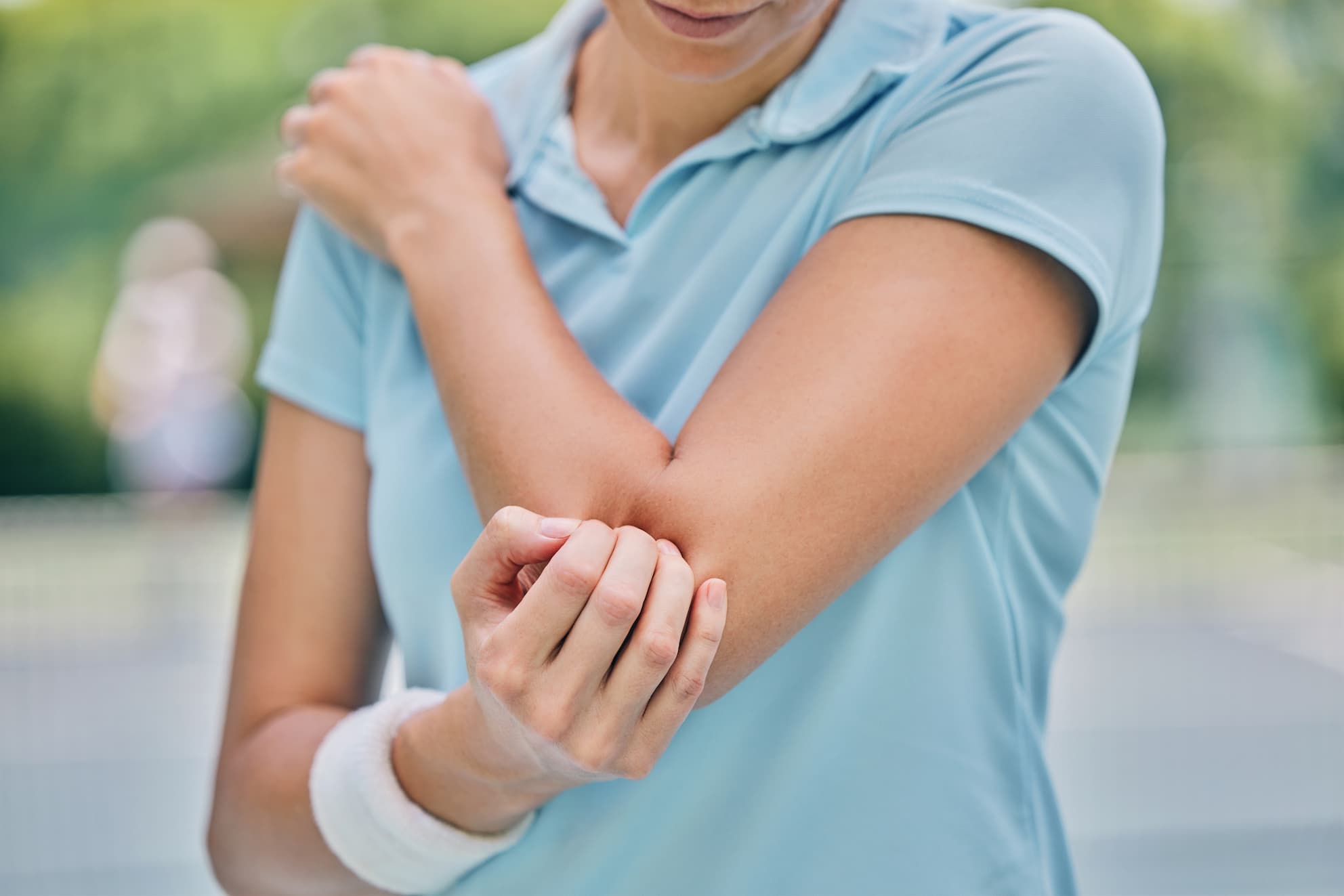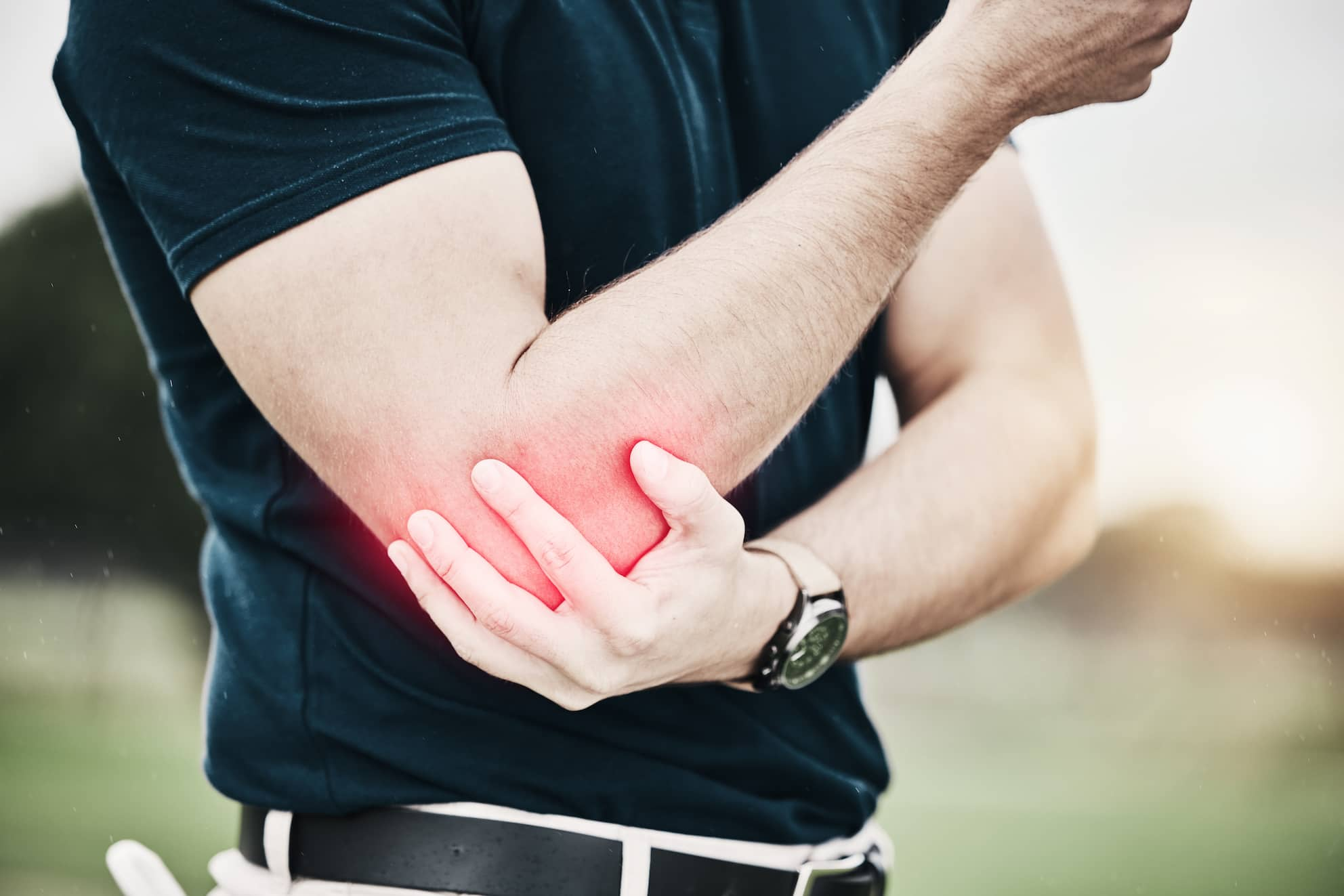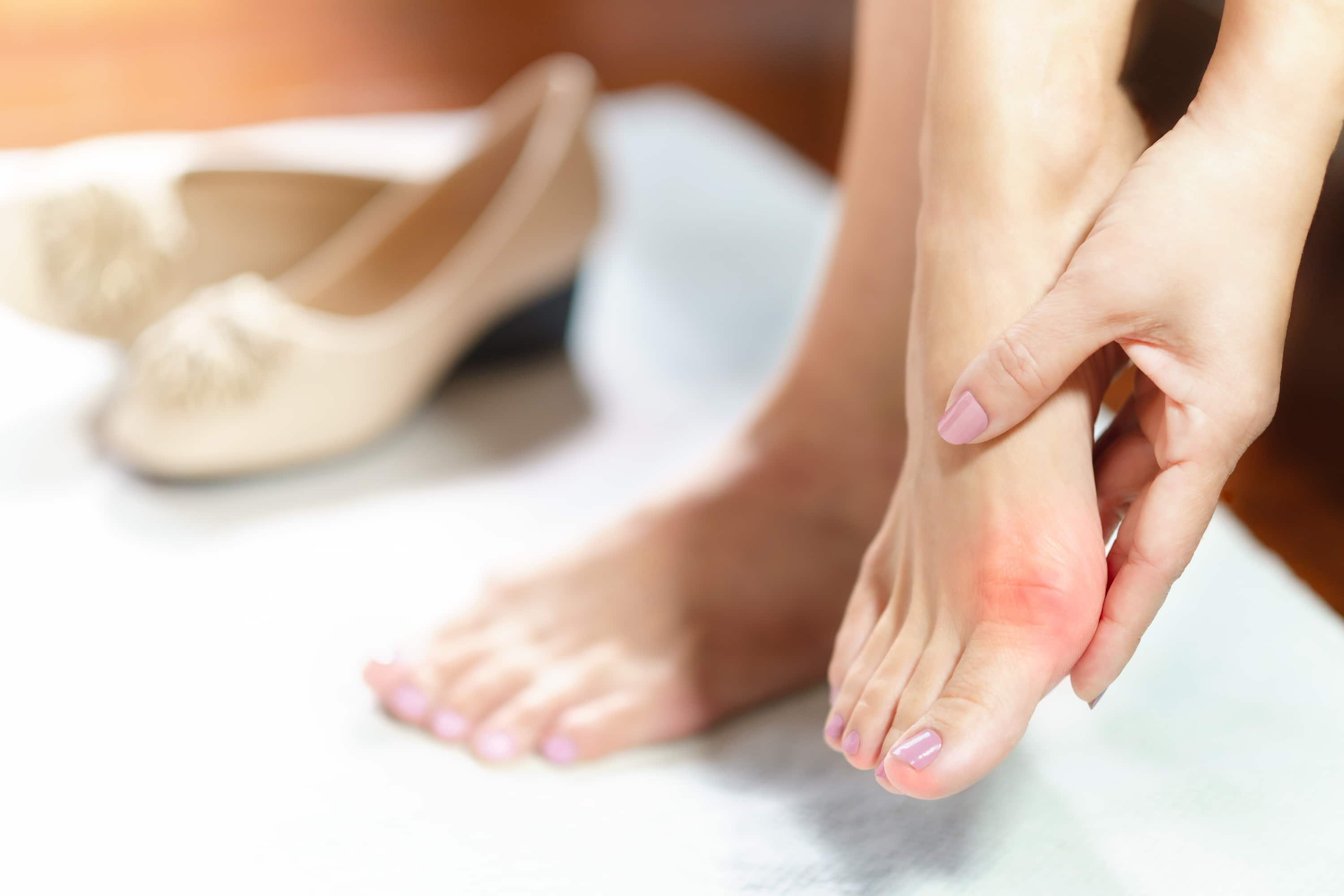
Tennis Elbow Pain
Tennis elbow, also known as lateral epicondylitis, is a common injury caused by overuse of the forearm muscles and tendons. The condition causes pain and discomfort in the elbow joint, making it difficult to perform everyday tasks and engage in physical activities. Fortunately, there are exercises that can help alleviate tennis elbow pain and promote healing. In this article, we will discuss the top 5 exercises for tennis elbow pain relief.
Wrist Extension Stretch: The wrist extension stretch is a simple exercise that can help relieve tennis elbow pain. To perform this exercise, extend your arm in front of you with your palm facing down. Use your other hand to gently pull your fingers back toward your wrist until you feel a stretch in your forearm. Hold the stretch for 30 seconds, then release and repeat on the other arm.
Forearm Twist: The forearm twist is another effective exercise for alleviating tennis elbow pain. Start by holding a light weight or resistance band in your hand with your palm facing down. Slowly rotate your forearm until your palm is facing up, then slowly rotate back to the starting position. Repeat for 10-15 repetitions on each arm.
Eccentric Wrist Curls: Eccentric wrist curls are a type of exercise that focuses on the lowering phase of the movement. To perform this exercise, hold a light weight or resistance band in your hand with your palm facing up. Slowly lower your hand down to your thigh, then use your other hand to help raise your hand back up to the starting position. Repeat for 10-15 repetitions on each arm.
Reverse Wrist Curls: Reverse wrist curls target the muscles on the back of the forearm. To perform this exercise, hold a light weight or resistance band in your hand with your palm facing down. Slowly curl your wrist up toward your forearm, then slowly lower back down to the starting position. Repeat for 10-15 repetitions on each arm.
Fist Clench: The fist clench exercise is a simple yet effective way to improve grip strength and alleviate tennis elbow pain. Start by making a fist with your hand, then slowly release and open your hand back up. Repeat for 10-15 repetitions on each hand.
In conclusion, tennis elbow can be a painful and frustrating condition, but with the right exercises and proper care, it can be effectively managed and healed over time. These exercises are just a few examples of the many options available for tennis elbow pain relief. It’s important to start with low resistance or weight and gradually increase as your pain subsides and your strength improves.
It’s also important to rest your affected arm and avoid repetitive activities that exacerbate the pain. Applying ice to the affected area can help reduce inflammation and relieve pain. In severe cases, a doctor may recommend physical therapy or even surgery.
In addition to exercises and rest, it’s important to maintain good posture and ergonomics while performing daily activities to prevent further strain on the elbow joint. Wearing an elbow brace or wrap can also provide support and compression to the affected area.
Remember, if you experience persistent pain or difficulty performing everyday tasks due to tennis elbow, it’s important to seek medical advice from a doctor or physical therapist. With proper care and dedication, you can effectively manage and overcome tennis elbow and return to your normal activities.
Tennis Elbow: Causes, Symptoms, Prevention, and Treatment
Tennis elbow is a common condition that affects people who engage in activities that involve repetitive arm motion, such as playing tennis, golf, or other racquet sports. The condition is also known as lateral epicondylitis, and it causes pain and tenderness in the elbow joint. In this article, we’ll explore what causes tennis elbow, how to prevent it, and what to do if you have it.

What Causes Tennis Elbow?
Tennis elbow is a condition that occurs when the tendons in the elbow become inflamed due to repetitive stress or overuse. The inflammation can cause pain and tenderness on the outer part of the elbow joint. The condition is most commonly seen in people who play tennis or other racquet sports, but it can also affect individuals who engage in activities that involve repetitive arm motion, such as carpentry, painting, and cooking.
Tennis Related Tennis Elbow Causes
The repetitive motion of hitting a tennis ball can cause micro-tears in the tendons that attach to the lateral epicondyle of the elbow joint, leading to inflammation and pain. Other racquet sports, such as squash and badminton, can also cause tennis elbow. In addition, poor technique or using a grip size that is too small or too large can contribute to the development of tennis elbow.
Top Tips To Prevent Tennis Elbow
Preventing tennis elbow involves taking steps to reduce the risk of overuse and repetitive stress on the elbow joint. Here are some top tips to help prevent tennis elbow:
Use proper technique: When playing tennis or other racquet sports, use proper technique to reduce the risk of overuse and injury.
Use proper technique: When playing tennis or other racquet sports, use proper technique to reduce the risk of overuse and injury.
Warm-up and cool-down: Always warm up before playing and cool down afterward to help prevent injury.
Strengthen your forearm muscles: Strengthening your forearm muscles can help reduce the strain on your elbow joint.
Use the right equipment: Make sure you are using the right equipment, such as a racquet with a grip size that fits your hand properly.
Take breaks: Take regular breaks during play to give your elbow a rest and reduce the risk of overuse.
What Do I Do If I Have Tennis Elbow?
If you have tennis elbow, there are several things you can do to help alleviate your symptoms:
Rest: Rest your elbow and avoid activities that aggravate your symptoms.
Ice: Apply ice to your elbow to help reduce inflammation and pain.
Pain relievers: Take over-the-counter pain relievers, such as ibuprofen, to help reduce pain and inflammation.
Stretching and strengthening exercises: Perform stretching and strengthening exercises to help alleviate pain and prevent further injury.
Consult a healthcare provider: If your symptoms persist or worsen, consult a healthcare provider for further evaluation and treatment.
How to Scrape for Tennis Elbow
Scraping, also known as the Graston technique, is a soft tissue mobilization therapy that can help alleviate pain and promote healing in individuals with tennis elbow. During the scraping procedure, a healthcare provider uses a stainless steel instrument to scrape over the affected area, breaking up scar tissue and promoting blood flow to the area.
In conclusion, tennis elbow is a common condition that affects people who engage in activities that involve repetitive arm motion, such as playing tennis, golf, or other racquet sports. The condition causes pain and tenderness in the elbow joint, and it can be prevented by taking steps to reduce the risk of overuse and injury. If you have tennis elbow, rest, ice, pain relievers, stretching and strengthening exercises, and scraping can all help alleviate your symptoms and promote healing.
The Study of Tennis Elbow Pain
A recent study conducted at [Name of the Research Institution] examined the effectiveness of stretching and strengthening exercises in alleviating tennis elbow pain. The study, published in the Journal of Sports Medicine, followed a group of 100 individuals with tennis elbow who engaged in a six-week exercise program. The results showed a significant reduction in pain and improved functionality in 80% of the participants. This highlights the importance of exercise-based treatments in managing tennis elbow.
Tennis Elbow Treatment in Turkey
If your symptoms persist or worsen, it is important to seek medical attention from a healthcare provider in Turkey. Treatment options for tennis elbow in Turkey may include:
Physical therapy: A physical therapist can work with you to develop a stretching and strengthening exercise program to help alleviate pain and promote healing.
Corticosteroid injections: Your healthcare provider may recommend corticosteroid injections to help reduce pain and inflammation in the affected area.
Shockwave therapy: Shockwave therapy is a non-invasive treatment that uses high-energy sound waves to promote healing and reduce pain.
Platelet-rich plasma (PRP) therapy: PRP therapy involves injecting a concentrated solution of your own blood platelets into the affected area to promote healing.
Surgery: In rare cases, surgery may be necessary to repair the damaged tendons in the elbow joint.
It is important to follow your healthcare provider’s recommendations for treatment and to take steps to prevent further injury, such as using proper techniques when engaging in activities that involve repetitive arm motion.
Healthy Türkiye Notes
It is important to follow your healthcare provider’s recommendations for treatment and to take steps to prevent further injury, such as using proper techniques when engaging in activities that involve repetitive arm motion.



